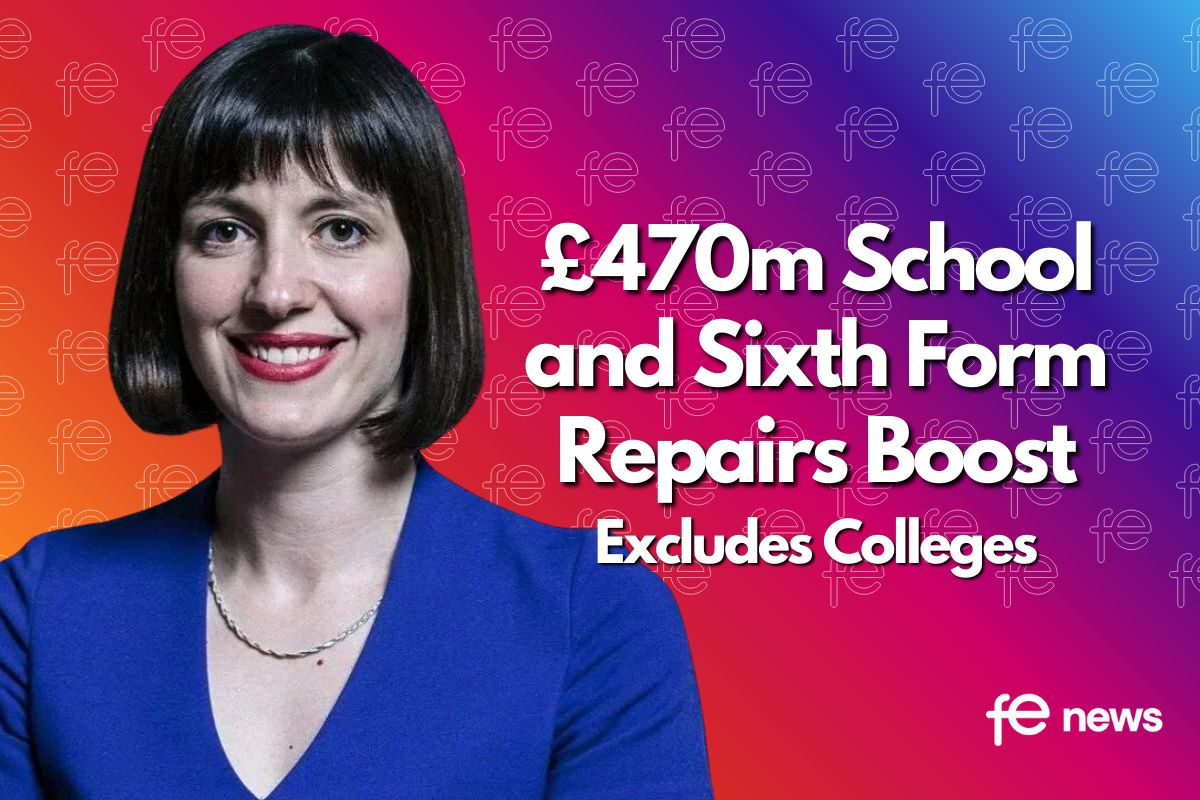IFS research highlights ‘disability employment gap’

IFS: 30-year-olds without any qualifications are more likely to be disabled than university graduates in their 60s
New research, out today by the Institute for Fiscal Studies, finds that differences in rates of disability between education groups are larger than differences by age. This comes as the UK has seen a dramatic increase in rates of disability among working-age people in recent years. Around 24% of those aged 30 with no qualifications have a disability, against 22% of university graduates in their early 60s.
The economic effects of disability are also felt unequally between educational groups. Those with low levels of education are not only more likely to have a disability, but that disability is much more likely to result in them being out of work.The ‘disability employment gap’ among older men without qualifications (after controlling for age) is 31 percentage points, meaning that those with a disability are 31 percentage points less likely to be in work than those without a disability. That gap is significantly lower for those with GCSEs or A levels (18 percentage points), and even smaller for those with degrees (11 percentage points).These gaps in the prevalence of disability – defined as long-term illness that affects ability to do day-to-day tasks – emerge early on in adult life. At age 30, the rate of disability is 8% for degree holders and 24% for those with no qualifications.
Educational gap in disability
Much of the educational gap in disability is attributable to differences in the prevalence of mental health problems, which have been increasing in particular among younger working-age adults in recent decades. Those with lower educational qualifications are much more likely to have poor mental health, especially among younger generations. Conversely, the gap in physical health emerges more slowly over the life course.
These are among the main findings of new research published today as part of the IFS Deaton Review of Inequalities, funded by the Nuffield Foundation. Incidence of disability is an increasingly important aspect of inequality in the UK. Rates of disability have increased in recent years and previous IFS research has shown that 7.4 million working-age adults reported a disability in 2020–21.
Other key findings include:
- Similar educational gaps emerge when looking at the prevalence of pain. While the prevalence of pain is higher among older people, differences between educational groups are even starker. For example, those aged 30–49 with O levels/GCSEs or A levels have higher rates of moderate or severe pain than those aged 50–64 with degrees (18% and 14%, respectively).
- There has also been a huge rise in the prevalence of mental health issues and disability benefit claims among children, particularly in the last decade or so. Among girls aged 16, more than one in five were in contact with NHS mental health services (including learning disabilities and autism services) in 2021–22, which is a near doubling of the rate just four years earlier. In 2002, 3% of children aged 9–13 received a disability benefit, but by 2022 that had more than doubled to 7%.
- These trends may create further educational inequalities and may mean that rates of disability and disability benefit claims among adults continue to grow as the current generation of children enter the labour market.
Heidi Karjalainen, a Research Economist at IFS and an author of the report said:
‘Disability has become both one of the most important sources and one of the most important consequences of inequality. Inequalities in disability between more and less educated individuals emerge early in life, and these differences play a key part in how economic disadvantage develops, especially in the labour market. For less well-educated older adults in particular, having a disability is highly likely to lead to economic inactivity. Only 35% of men with disability and without educational qualifications in their late 50s are in work, compared with 72% of similarly educated men who don’t have a disability. This is an increasingly important issue as rates of disability continue rising, especially among younger generations.’
Quote from Alex Beer, Welfare Programme Head at the Nuffield Foundation:
‘This report shines a light on increasing disability rates, related risks to people’s well-being, and their connection to some of the most pressing social and economic concerns in the UK. These include the pressure on public services from mental health services to social care for older people. It calls for deeper comprehension of disability inequalities and their drivers, so we can better understand the disparities in economic, social, and quality of life outcomes between disabled and non-disabled populations.’











Responses